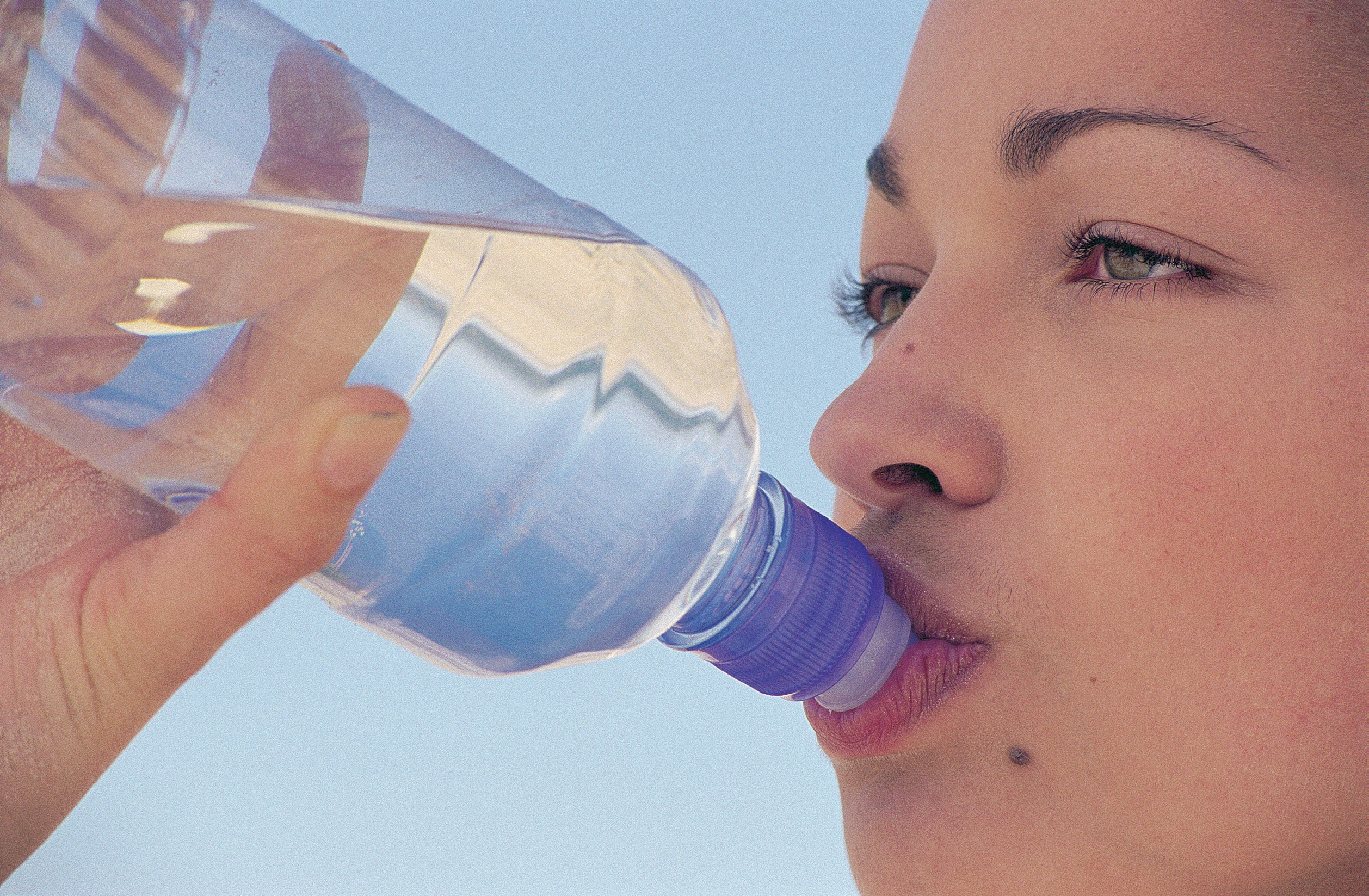
When we exercise lots of changes take place in the body. Some of these changes are obvious — such as an increase in the rate and depth of breathing or a rise in heart rate and muscle temperature. But other changes that take place — those involving body chemistry — are not so obvious. Levels of stored oxygen, ATP, phosphocreatine and glycogen will all have decreased, while levels of carbon dioxide and lactic acid will have increased. When we finish exercising the levels of all these substances have to be returned to normal. The quicker this recovery is completed the sooner the performer can train again.
The recovery process involves returning the body to the state it was in before exercise. The reactions that occur and the length of time the process takes depend on the duration and intensity of the exercise undertaken and on the individual’s level of fitness. During recovery heart and respiratory rates remain high so that the body will continue to take in large amounts of oxygen. This oxygen is then used to return the body to its pre-exercise state.
Your organisation does not have access to this article.
Sign up today to give your students the edge they need to achieve their best grades with subject expertise
Subscribe




